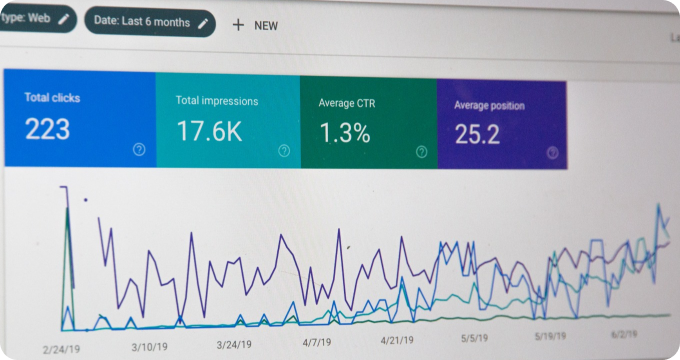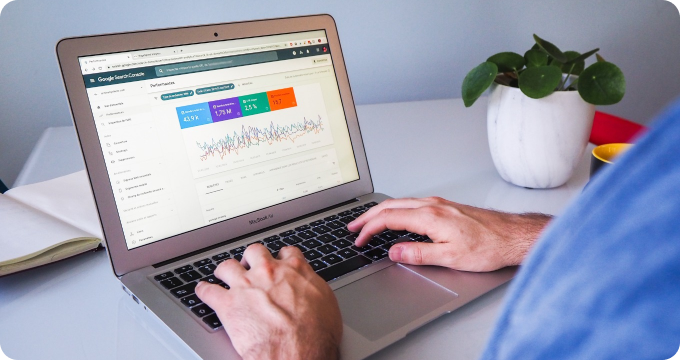Qualitative Data Analysis Software Industry Report: Key Findings and Crucial Insights
- December 23, 2023
- 2 minutes
The landscape of qualitative data analysis software is dynamic and ever-evolving, characterized by a multitude of players, a variety of technologies and methods, and a growing demand driven by the increasing importance of data in all aspects of our world. This report brings forth some of the most significant findings and insights from this complex and bustling industry.
At its core, qualitative data analysis software is a suite of tools designed to assist in the interpretation and understanding of data that is not numerical - that is, information that is typically descriptive, interpretive, or observational. Its primary function is to aid in the complex process of examining, categorizing, tabulating, testing, or otherwise recombining the data to address certain research questions or hypotheses.
One of the first noteworthy insights from the industry is the increasing complexity and diversity of the software solutions available. From standalone desktop applications to fully integrated cloud-based platforms, the range of options is vast and caters to a wide array of user requirements and preferences. There are solutions that prioritize ease of use and intuitive interfaces, and others that focus on robustness, advanced features, and customization options.
In terms of technologies, there are several that have significantly influenced the development of qualitative data analysis software. Artificial Intelligence and Machine Learning, for instance, have become integral to many solutions, providing capabilities such as automated tagging, sentiment analysis, predictive analytics, and more. Natural Language Processing technology has also become particularly relevant as it enables the software to comprehend, interpret, and analyze human language in a way that is meaningful and insightful.
The market dynamic has been significantly influenced by the rise of Big Data. With the exponential increase in the amount and variety of data being generated and collected, the demand for software solutions that can handle, process and analyze this data has skyrocketed. This has led to a surge in the number of providers and subsequently, a high level of competition in the industry.
Geographically speaking, North America and Europe dominate the market due to the high rate of technology adoption and availability of skilled talent. However, the Asia-Pacific region is showing the fastest growth owing to the increasing awareness and adoption of data-driven decision making in the corporate sector.
From a temporal perspective, the qualitative data analysis software industry is expected to witness significant growth in the coming years. As per the latest reports, the market is set to grow at a CAGR of around 12% over the forecast period of 2020-2025.
Exploring the "why" behind these trends, several factors come to light. The most significant of these is undoubtedly the growing realization of the value of data in decision-making processes. Businesses and organizations across various sectors are increasingly recognizing that leveraging qualitative data can provide valuable insights that can help them gain a competitive edge.
However, the industry is not without its challenges. The qualitative nature of the data means that there is a high level of subjectivity involved, making the analysis process intricate and complex. Furthermore, privacy and security concerns regarding the handling of sensitive data are also major issues that the industry needs to address.
The future of the qualitative data analysis software industry looks promising, albeit filled with challenges and opportunities. The continuous advances in technology, coupled with the ever-increasing demand for insightful and actionable data, are set to propel this industry to new heights. The key for the players in this market would be to constantly innovate and adapt to the changing needs and demands of their customers, while also addressing the critical issues of privacy and security.
In conclusion, the qualitative data analysis software industry is a complex and dynamic ecosystem filled with a multitude of players, technologies, and methods. The industry is at a crucial juncture, driven by the rising importance of data and the ever-evolving technological landscape. The key findings and insights presented in this report provide a deeper understanding of the dynamics, trends, and future prospects of this fascinating industry.
Learn More
Unleash the power of your research by diving deeper into our blog posts, where we unravel the magic of software for qualitative data analysis. They are encouraged to explore our unbiased, comprehensive rankings of the Best Software For Qualitative Data Analysis to make an informed decision.
Popular Posts
-
 Qualitative Data Analysis Software Industry Report: Key Findings and Crucial Insights
Qualitative Data Analysis Software Industry Report: Key Findings and Crucial Insights
-
 How to Budget for Software in Qualitative Data Analysis
How to Budget for Software in Qualitative Data Analysis
-
 Ask These Questions to a Data Analyst to Choose the Right Software for Qualitative Data Analysis for You
Ask These Questions to a Data Analyst to Choose the Right Software for Qualitative Data Analysis for You
-
 11 Essential Questions to Ask Before Choosing Your Qualitative Data Analysis Software
11 Essential Questions to Ask Before Choosing Your Qualitative Data Analysis Software
-
 7 Things I Wish I'd Known About Software For Qualitative Data Analysis Before Investing In One
7 Things I Wish I'd Known About Software For Qualitative Data Analysis Before Investing In One






